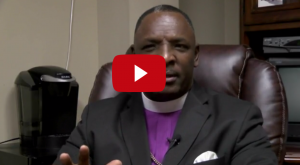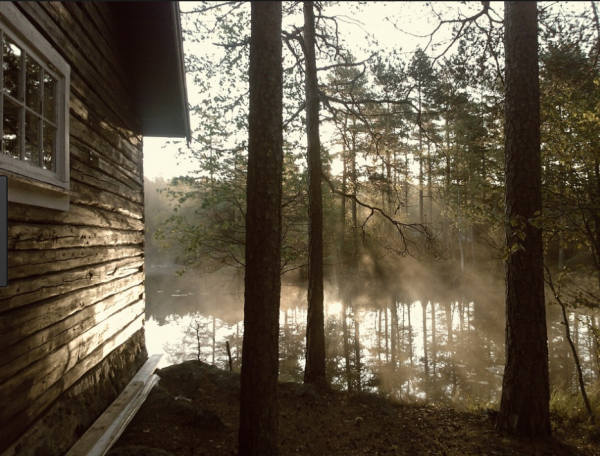If you’ve been watching the news, you might think a bunch of crazy ranchers have seized Oregon. People have called these people “deranged militia,” Vanilla ISIS, and “Y’all Qaeda” (okay, that one’s not bad).
But what if they’re right?
What if, as David French asks on National Review, “What if the government viciously and unjustly prosecuted a rancher family so as to drive them from their land? Then protest, including civil disobedience, would be not just understandable but moral, and maybe even necessary.”
Here‘s what has been going on:
The story as told by the protesters begins not with the federal criminal case against Steven and Dwight Hammond but many years earlier, with the creation and expansion of the Malheur National Wildlife Refuge, a tract of federal land set aside by President Theodore Roosevelt as “a preserve and breeding-ground for native birds.” The federal government has since expanded the preserve in part by buying adjacent private land.
Protesters allege that when private landowners refused to sell, the federal government got aggressive, diverting water during the 1980s into the “rising Malheur lakes.” Eventually, the lakes flooded “homes, corrals, barns, and graze-land.” Ranchers who were “broke and destroyed” then “begged” the government to buy their “useless ranches.”
By the 1990s, the Hammonds were among the few private landowners who remained adjacent to the Refuge. The protesters allege that the government then began a campaign of harassment designed to force the family to sell its land, a beginning with barricaded roads and arbitrarily revoked grazing permits and culminating in an absurd anti-terrorism prosecution based largely on two “arsons” that began on private land but spread to the Refuge.
While “arsons” might sound suspicious to urban ears, anyone familiar with land management in the West (and to a lesser degree, in the rural South and Midwest) knows that land must sometime be burned to stop the spread of invasive species and prevent or fight destructive wildfires. Indeed, the federal government frequently starts its own fires, and protesters allege (with video evidence) that these “burns” often spread to private land, killing and injuring cattle and damaging private property. Needless to say, no federal officers are ever prosecuted.
The prosecution of the Hammonds revolved mainly around two burns, one in 2001 and another in 2006. The government alleged that the first was ignited to cover up evidence of poaching and placed a teenager in danger. The Hammonds claimed that they started it to clear an invasive species, as is their legal right. Whatever its intent, the fire spread from the Hammonds’ property and ultimately ignited 139 acres of public land. But the trial judge found that the teenager’s testimony was tainted by age and bias and that the fire had merely damaged “juniper trees and sagebrush” — damage that “might” total $100 in value.
The other burn was described by the Ninth Circuit as a one acre burn: “a lightning storm kindled several fires near where the Hammonds grew their winter feed. Steven responded by attempting back burns near the boundary of his land. Although a burn ban was in effect, Steven did not seek a waiver.”
Then, almost 9 years after the 2001 burn — the government charged the Hammonds under the Federal Anti-terrorism and Effective Death Penalty Act, carrying a five-year prison term for anyone who “maliciously damages or destroys, or attempts to damage or destroy, by means of fire or an explosive, any building, vehicle, or other personal or real property in whole or in part owned or possessed by, or leased to, the United States.”
Um…?
Read all of the details on National Review here.
The judge overseeing the case said that even the minimum mandatory sentencing, “would be a sentence which would shock the conscience to me,” but here’s how the federal government responded:
Despite the absence of any meaningful damage to federal land, the U.S. Attorney appealed the trial judge’s sentencing decision, demanding that the Hammonds return to prison to serve a full five-year sentence.
David concludes, “There’s a clear argument that the government engaged in an overzealous, vindictive prosecution here. By no stretch of the imagination were the Hammonds terrorists, yet they were prosecuted under an anti-terrorism statute. The government could have let the case end once the men had served their sentences, yet it pressed for more jail time. And the whole time, it held in its back pocket potential rights to the family’s property. To the outside observer, it appears the government has attempted to crush private homeowners and destroy their livelihood in a quest for even more land. If that’s the case, civil disobedience is a valuable course of action. By occupying a vacant federal building, protesters can bring national attention to an injustice that would otherwise go unnoticed and unremedied. Moreover, they can bring attention once again to the federal government’s more systemic persecution of private landowners.”
Read all of his piece here.
Order my next three books on Amazon:
X
Read more on the Patheos Faith and Family Channel, follow Nancy on Facebook, Twitter, and Instagram!










